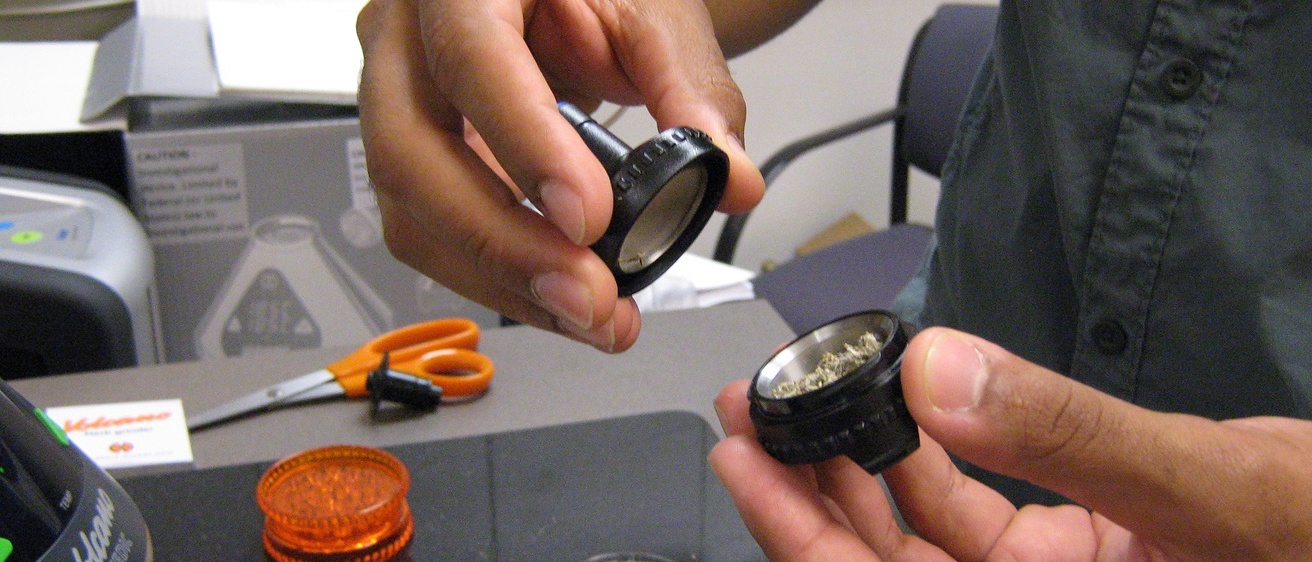Taking alcohol, cannabis, opioids, or other drugs can significantly impact the ability to safely control a vehicle, as well as the ability to notice and respond to hazards in the road.
Our research has focused on understanding
- How drugs affect driving performance
- The relationship of drug pharmacokinetics (how drugs are processed in the body) to the changes in driving performance
- How impairment from drugs that impair driving performance can be detected
Contact
Timothy Brown
Major findings 2010–2020
Some of our major findings from 2010 to 2020 are described below.
Alcohol
We’ve confirmed that alcohol significantly impacts the ability of drivers to control their vehicle if they have a blood-alcohol concentration of 0.08%1,2 (legal limit) and also at 0.05%3 (as recommended by the National Transportation Safety Board). When looking at urban driving, we found that at 0.05% BAC, drivers tended to drive faster and had a harder time staying centered in their lane. However, they did not exhibit more frequent lane departures similar to what is seen with drivers above 0.08% BAC.3
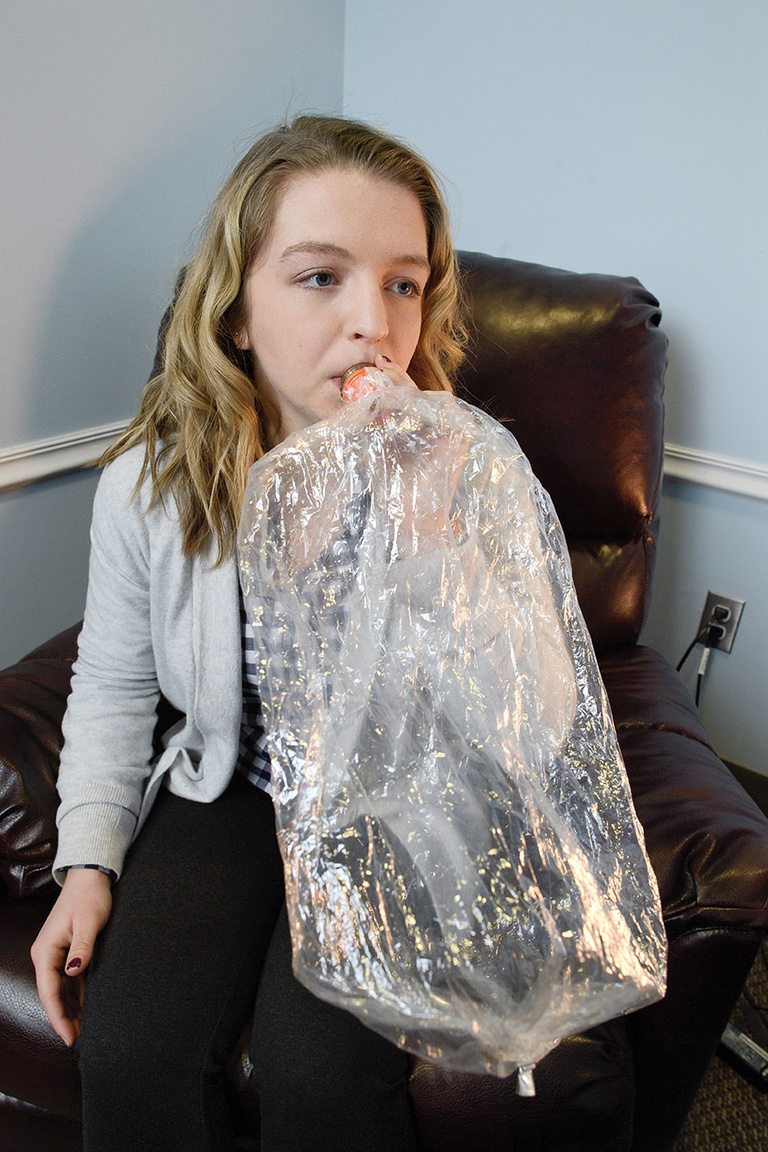
Cannabis
When considering the impacts of cannabis on driving performance, our research has shown that following acute usage of inhaled cannabis, drivers had less vehicle control both laterally4 and longitudinally.5
Even when they were not under the influence of cannabis, regular cannabis users were found to drive differently than non-cannabis users. Young adult drivers who use cannabis—but were sober at the time of our study—drove slower but also steered significantly less often and used the gas pedal less often than drivers who did not use cannabis.6 This suggests that lasting effects of cannabis use persist and may lead to detrimental driving behaviors even after intoxication has subsided. These findings have implications for legislation in support of legalizing cannabis because sober cannabis-using drivers may still be a public health concern.
Other drugs
Our research has also shown that other drugs may negatively impact the ability to control a vehicle, including triazolam, diphenhydramine, alprazolam, and benzodiazepine.2,7-10 Diphenhydramine, for example, caused more variability of lane position as well as increased lane departures, steering bandwidth, average speed, and the percentage of time spent more than 5 mph over the speed limit.9
Pharmacokinetics and measuring impairment
Understanding how drugs are processed in the body and their relationship to impairment is critical to providing appropriate guidance to people using the drugs as well as to policy makers as they consider the legal implications of impaired driving. Impairment from alcohol is more predictable from person to person11 than impairment from cannabis, which has shown more variability in its effects on driving performance.12-14 Blood levels of THC, for example, did not accurately represent observed levels of driving impairment—making it more difficult to predict driving behavior when under the influence of cannabis.15
Knowing that detection of drug impairment can be complicated, there is a dedicated effort to develop methods for determining whether an individual is impaired or just has drugs present in their system. Our research has shown that impaired driving can be detected based on driving data,1,16 vision-based data,17,18 and EEG data.19 Detection of impairment outside the context of driving is also possible as demonstrated by the relationship between EEG based tests and observed driving impairment.20,21 These results show that a simple EEG based test focused on theta activity in the frontal brain area, the area responsible for executive function, could be developed with a limited number so sensors to detect cannabis impairment.
References
- Lee J, Brown T, Fiorentino D, Fell J, Traube E, Nadler E. Using Vehicle-Based Sensors of Driver Behavior to Detect Alcohol Impairment. Paper presented at: 22nd International Technical Conference on the Enhanced Safety of Vehicles (ESV); June 13-16, 2011; Washington, DC.
- Brown T, Milavetz G, Murry DJ. Alcohol, Drugs and Driving: Implications for Evaluating Driver Impairment. Annals of Advances in Automotive Medicine. 2013;57:23.
- Brown TL, Lee JD, Fiorentino D. Effects of Alcohol at 0.05% Blood Alcohol Concentration (BAC) on Low Speed Urban Driving. Traffic Injury Prevention. 2018;19(sup2):S175-S177.
- Hartman RL, Brown TL, Milavetz G, et al. Cannabis Effects on Driving Lateral Control with and without Alcohol. Drug and Alcohol Dependence. 2015;154:25-37.
- Hartman RL, Brown TL, Milavetz G, et al. Cannabis Effects on Driving Longitudinal Control With and Without Alcohol. Journal of Applied Toxicology. 2016.
- Brown T, Banz B, Li K, et al. Variability of Baseline Vehicle Control Among Sober Young Adult Cannabis Users: A Simulator-Based Exploratory Study. Traffic Injury Prevention. 2019.
- Milavetz G, Brown T, Murry D, Berka C, Johnson R, Spurgin A. Evaluating Drugged Driving: Further Studies Using a Central Nervous System Stimulant or Depressant. Paper presented at: 58th Annual Scientific Conference of the Association for the Advancement of Automotive Medicine2014; Munich, Germany.
- Brown T, Spurgin A, Milavetz G, Gaffney G, Johnson R. Do Drowsy Driver Drugs Differ? 8th International Driving Symposium on Human Factors in Driver Assessment, Training, and Vehicle Design; June 22-25, 2015, 2015; Park City, UT.
- Spurgin A, Brown T, Gaspar J, Milavetz G, Gaffney G, Johnson R. Evaluating Drugged Driving: A Comparison of the Pharmacodynamic Effects of Two Central Nervous System Stimulants on Common Driving Performance Measures. American College of Clinical Pharmacy Global Conference on Clinical Pharmacy; October 17–21, 2015, 2015; San Francisco, CA.
- Stone B, Correa K, Brown T, Spurgin A, Johnson R. Behavioral and Neurophysiological Signatures Of Benzodiazepine-Related Driving Impairments. Frontiers in Psychology. 2015.
- Brown T, Fiorentino D, Lee J, Salisbury S. Variability in Alcohol Absorption: Implications for Studying Alcohol Impaired Driving. 54th Scientific Meeting of the Association for the Advancement of Automotive Medicine; 2010; Las Vegas, NV.
- Hartman RL, Anizan S, Jang M, et al. Cannabinoid Disposition in Oral Fluid after Controlled Vaporizer Administration with and without Alcohol. Forensic Toxicology. 2015:1-19.
- Hartman RL, Brown TL, Milavetz G, et al. Controlled Vaporized Cannabis, with and without Alcohol: Subjective Effects and Oral Fluid‐Blood Cannabinoid Relationships. Drug Testing and Analysis. 2015.
- Hartman RL, Brown TL, Milavetz G, et al. Controlled Cannabis Vaporizer Administration: Blood and Plasma Cannabinoids with and without Alcohol. Clinical Chemistry. 2015;61(6):850-869.
- Gaffney G, Milavetz G, Brown T, Spurgin A, Johnson R. Peak versus Off-Peak Effects of Cannabis: Impacts on Driving Performance. NIDA International Forum; June 12-15, 2015, 2015; Phoenix AZ.
- Lee JD, Fiorentino D, Reyes ML, et al. Assessing the Feasibility of Vehicle-Based Sensors to Detect Alcohol Impairment. In. Washington, DC: National Highway Traffic Safety Administration; 2010.
- Brown T, Schwarz C, Lee JD, Gaspar J, Marshall D, Ahmad O. DrIIVE Track A: Develop and Evaluate a System of Algorithms to Identify Signatures of Alcohol-Impared Drowsy, and Distracted Driving. 2015. NADS Report N2015-009.
- Brown T, Lee J, Schwarz C, Fiorentino D, McDonald A. Assessing the Feasibility of Vehicle-Based Sensors to Detect Drowsy Driving. In. Washington, DC: National Highway Traffic Safety Administration; 2014.
- Brown T, Johnson R, Milavetz G. Identifying Periods of Drowsy Driving Using EEG. Annals of Advances in Automotive Medicine. 2013;57:99.
- Brown T, McConnell M, Rupp G, et al. Correlation of EEG Biomarkers of Cannabis with Measured Driving Impairment. Traffic Injury Prevention. 2019.
- Berka C, Johnson R, Raphael G, Brown T. Phase II Final Report: Quantification of Behavioral and Physiological Effects of Drugs Using a Mobile Scalable Device. Carlsbad, CA: Advanced Brain Monitoring;2015.
spacer
News: Drugged Driving
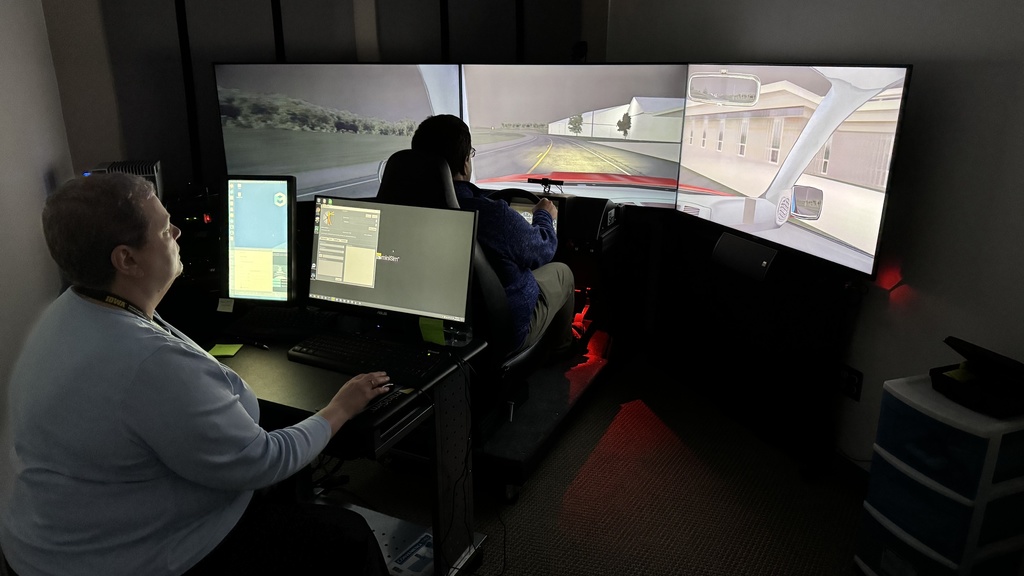
Driver monitoring systems (DMS) for cannabis and alcohol detection
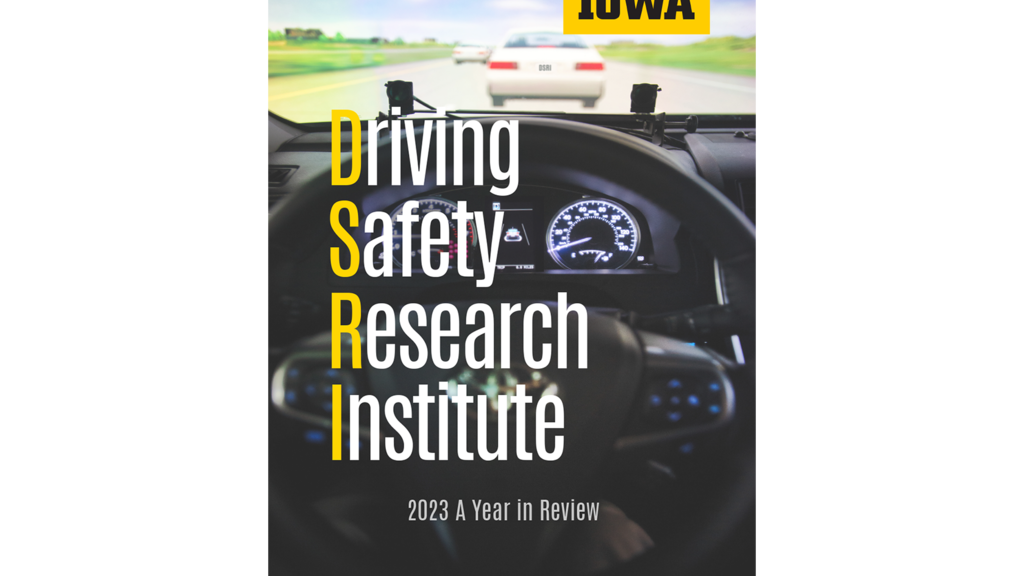
2023: A Year in Review
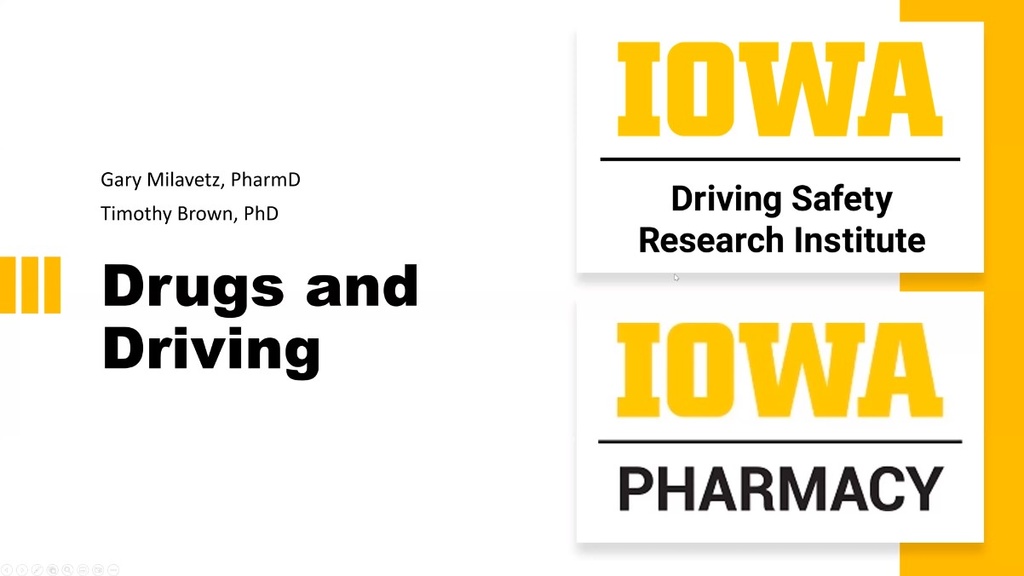
Science Café: Drugs and Driving

